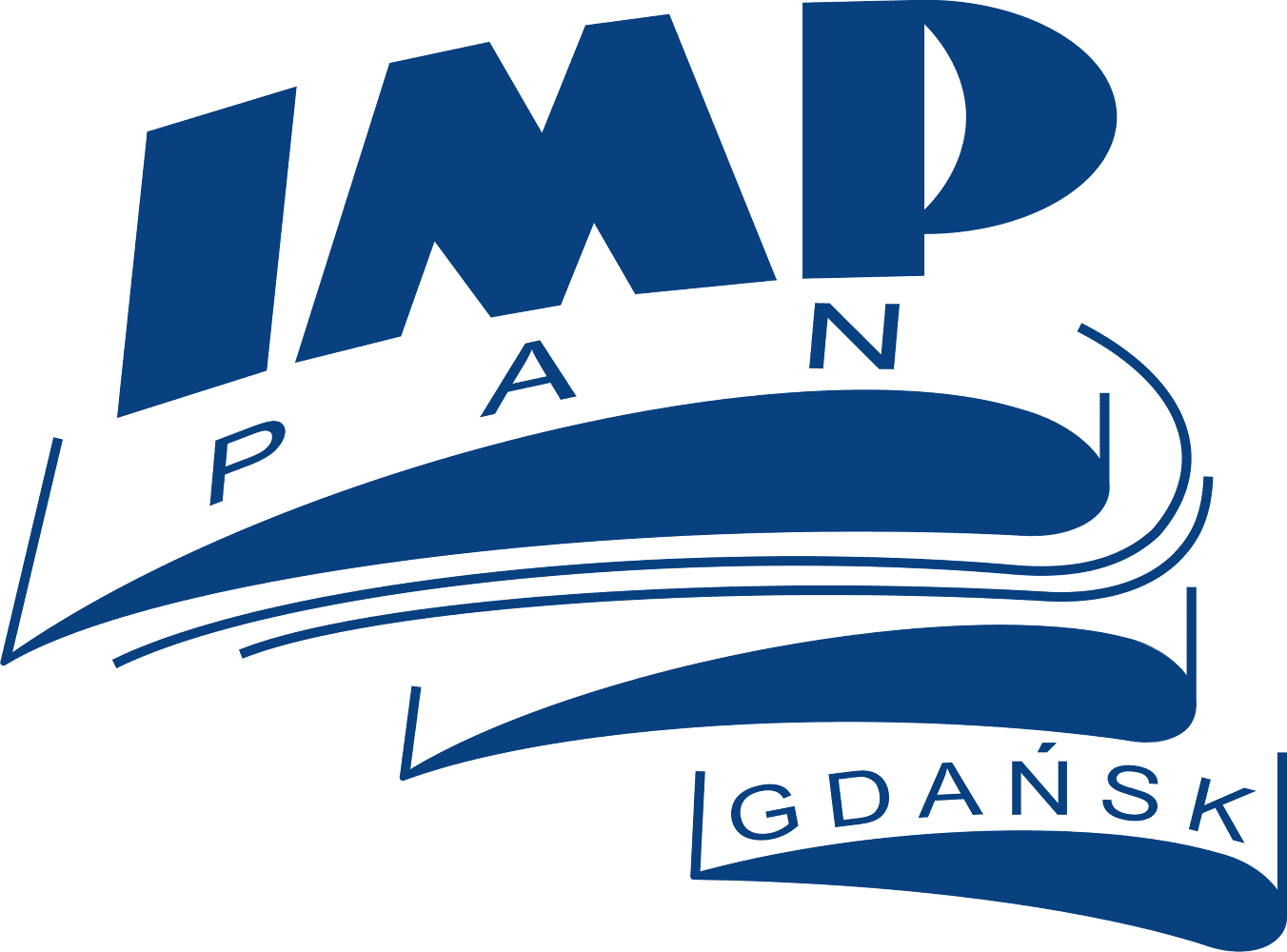Partial admission turbines
Partial admission is often used to control the power output in large power turbines. Steam flow is admitted through a number of nozzle boxes located at the annulus in the form of discrete arcs, and each nozzle box is equipped with a control valve. Each control valve has its own characteristics of opening. It has its own level of opening at a steady state, depending on the required turbine power. This type of power control requires the presence of a (usually one) control stage adapted to supply at partial-arc admission. Downstream, the control stage is followed by subsequent stages admitted at the full arc.
a) Distribution of steam to the control stage.
b) Schematic of nozzle boxes in circumferential view.
In this study two variants of operation of the investigated control stage are considered. They refer to two power outputs of the turbine: (1) 215 MW - nominal turbine conditions; (2) 140 MW - a certain low load operation at which the power output of the control stage itself reaches a maximum value.
As compared with the throttling control, power control with partial admission increases turbine efficiency, especially at low load operation. It follows from the fact that flow throttling usually takes place at one control valve only, thus corresponding to a small part of the flow rate, whereas in the blading downstream of fully open valves, full expansion takes place from the pressure in the boiler (or behind the cut-off valve) to the pressure in the equalising chamber downstream of the control stage. On the other hand, partial admission introduces strong circumferential non-symmetry of flow parameters in the control stage and also in the subsequent stages located downstream.
Contour plots of instantaneous static pressure at walls of inlet pipes,
nozzle boxes, nozzle blades and rotor blades.
Of great importance are also unsteady effects in the control stage rotor. Strong variations of flow parameters in the rotor blade-to-blade passages in the course of rotation give rise to additional unsteady loads of rotor blades. These effects become most important with the decreasing turbine power, that is with the increasing load of a smaller number of the control stage rotor passages. There are large instantaneous peaks of axial and circumferential force at the rotor blade entering and leaving the arc of admission. This can lead to severe mechanical consequences, as the rotor blades and blade-fit regions experience higher unsteady mechanical stresses and are vulnerable to failure. As the frequency spectrum of unsteady loads at the rotor blades is rich, ranging from the rotational frequency and its low multiples due to the number of nozzle boxes to high frequencies connected with transport of stator wakes through the rotor passages, the control stage rotor blades are susceptible to forced vibrations. Rotor blade mistuning or geometrical imperfections as well as pressure pulsations at the entry to the nozzle boxes due to vortex shedding from bendings of the inlet pipes and elements of the control valves, shock wave oscillations in control valve throats, especially at low openings, give rise to excessive unsteady low-frequency loads at the rotor, which can be dangerous for the dynamics of the system of rotor shaft-bearings-supports, leading to resonance.
Transients of axial, circumferential and total force at the control stage rotor blade;
also frequency diagram for axial and circumferential force.
























